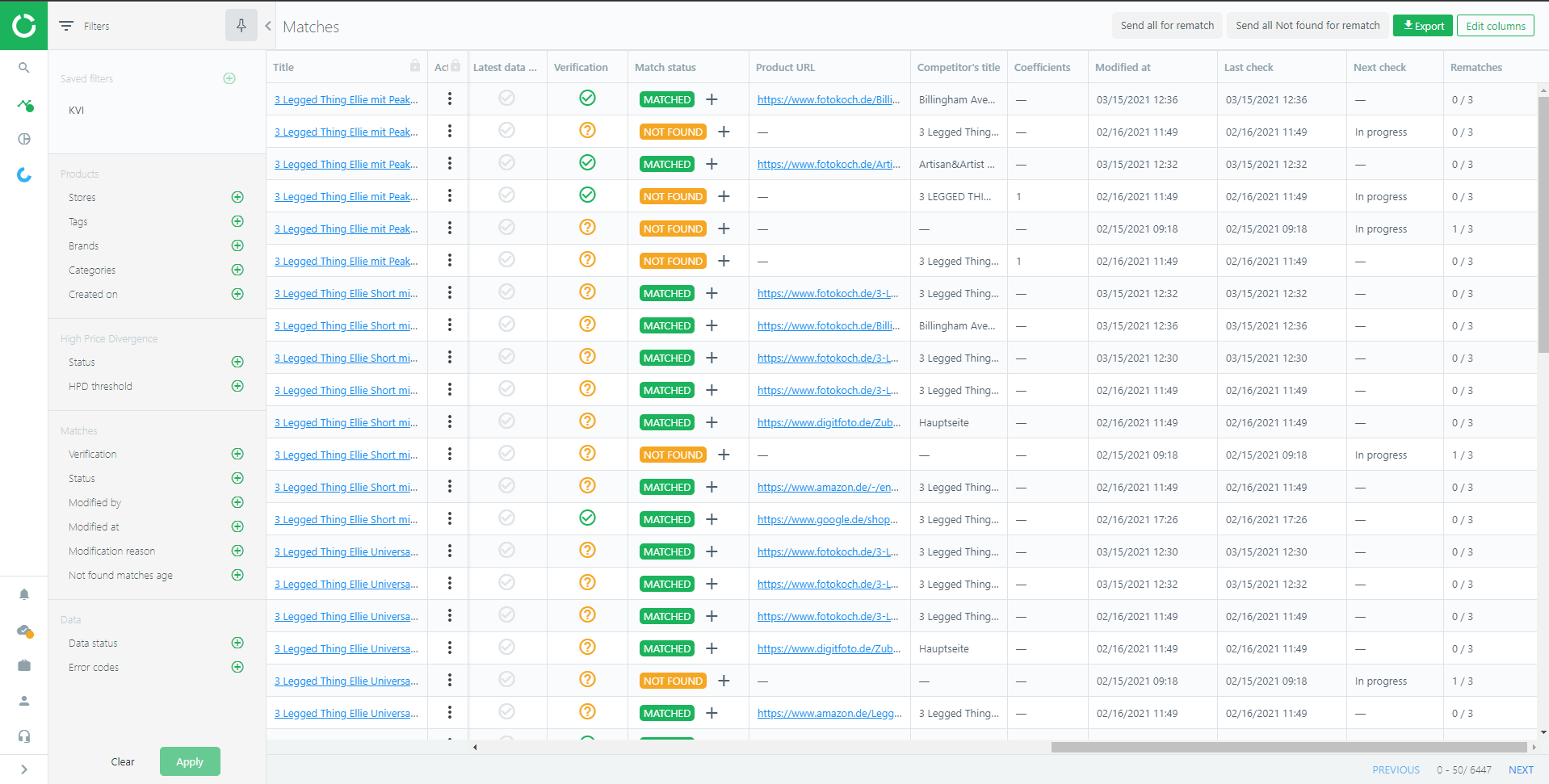What Is Bundle Pricing?
Bundle pricing is a strategy where retailers sell a bundle of products for a lower total price than if each product were sold separately. Classical bundle pricing examples include a McDonald’s meal, which often includes fries, a Coke, and a hamburger, and Microsoft Office, where customers pay for a suite of features, even though they may only use a few.
Such an approach has both benefits and drawbacks.
Advantages
Customers often appreciate product bundle pricing because it adds value to their buying experience:
- They appreciate the variety available in a single purchase.
- They save time and money.
- They avoid the frustration of selecting complimentary products.
Retailers implement bundle pricing strategies for benefits like:
- Competitive pricing for a group of products, giving an edge over competitors.
- Boosting sales volume.
- Enhancing cost efficiency.
- Increasing revenue.
- Exploring new marketing channels.
Disadvantages
Sometimes customers do not need all the products in a bundle, making them pay for unnecessary items. Additionally, for retailers, achieving transparency in pricing decisions for bundled products can be a challenge.
How to Benefit from Bundle Pricing
1. Understanding the Audience
To develop a successful product bundle pricing strategy, businesses need comprehensive market and customer data. It is vital to identify customer categories: those constantly seeking deals, those needing purchase advice, and those who value convenience and quality above all. Understanding which products customers usually buy together, their average spending, products that could entice them to spend more, and affordable items that add value to packages, is essential.
Market understanding involves collecting data on estimated demand and marginal cost, pricing feasibility, competitor pricing, supply chain scheme, and product liability risks.
Armed with all of these data and insights, businesses can draw a bundle draft reflecting their target audience and business goals. Before crafting the final version of the strategy, retailers need to test a variety of bundling approaches to ensure they use the best one every time in every case.
Another approach to determining what customers seek to buy is surveying them. This will contribute to the knowledge of the target audience and make the offer more beneficial for both the retailer and the buyers.
2. Offering Discounts
Bundling doesn't always necessitate significant discounts. However, to make the benefit of the bundled offer obvious to the consumers. Otherwise, they might only buy one product or even opt out entirely.
Thus, it is necessary to make the benefit of the bundled offer obvious to the consumers.
To track competitors’ discounts and special offers, retailers can use Competera’s price and promotion monitoring software.

3. Pure Bundling
Some products sell better when bundled. Retailers should intelligently group such products to ensure customers don't view bundling as a constraint on their choices. A few pure bundling examples (where products cannot be bought separately) include joint bundling (two products sold together at one price) and leader bundling (a core product discounted and supplemented with a complimentary product).
4. Mixed Bundling
Studies suggest that consumers prefer having the option to buy each product separately. Therefore, mixed bundling, where customers can purchase products individually or as a bundle, is often the better choice. Transparency in bundling offers also ensures effectiveness. Clarity makes bundling an effective tool.
5. Psychological Pricing
In product bundle pricing strategies, understanding the psychological impact is crucial. Bundling less popular items with best-selling ones can be beneficial, provided the offer meets customer needs and appeals to them and, thus, increase the retailer’s revenue.
Common Bundle Pricing Examples
There are countless bundle pricing examples across various industries. Tech companies, like Adobe, often sell software packages, providing customers with an array of tools for a bundled price. Telecommunication companies frequently offer bundled services, including internet, TV, and phone services. Retailers, both physical and online, often sell themed bundles, such as a beauty care package or a DIY toolkit.
When is a Bundle Pricing Strategy Right for Your Business?
A bundle pricing strategy can be an excellent option for businesses with complimentary products that appeal to the same customer segment. If your product line has items that naturally go together or enhance the use of one another, bundling them can incentivize customers to buy more. Furthermore, if your customer data indicates that certain products are frequently bought together, it may be time to consider a bundle pricing strategy.
Remember, the ultimate goal of a bundle pricing strategy is to provide value to the customer while increasing the average transaction value for the business. By carefully considering your product mix and customer needs, bundle pricing can drive significant growth for your business.
Conclusion
To succeed in bundle pricing, retailers need fresh, accurate data about their target audience and market. While there are various strategies, including mixed and pure bundling, offering discounts, and bundling popular and less popular products, businesses must ensure customers retain the freedom of choice. Done right, bundle pricing can enhance customer shopping experience and significantly increase revenue.
FAQ
Bundle discount is a price discount offered to customers in case they buy to or more of particular products in group.
Customers like purchasing products bundled in groups, as it usually adds value to their buying experience, as they can enjoy the versatility in a single act of purchase and avoid frustration while choosing complementary products. For retailers, bundle pricing allows applying competitive pricing to a group of products so they can outsell competitors and increase cost-efficiency.






